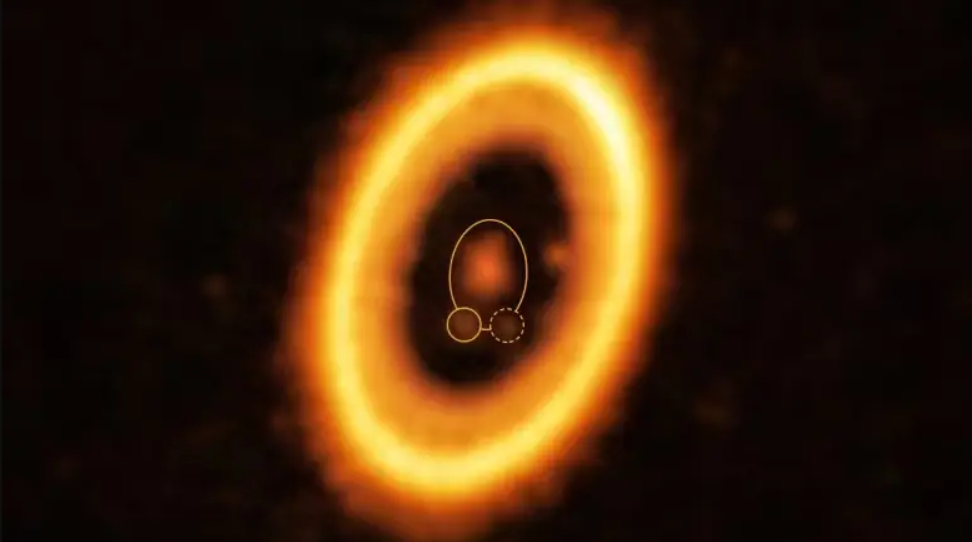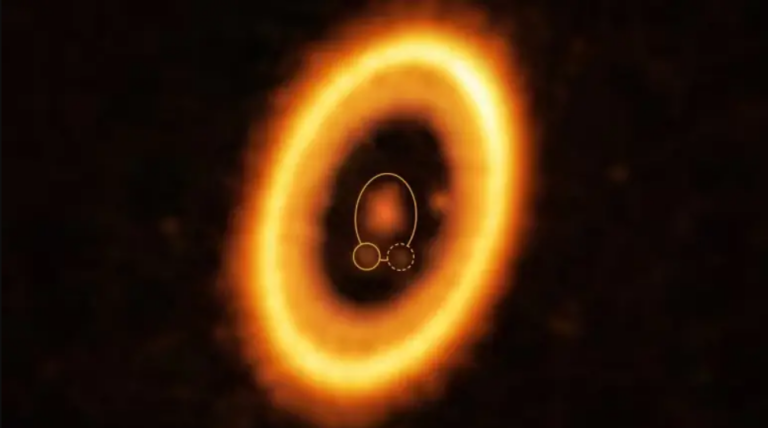Astronomers have found surprising evidence of two planets orbiting the same star
As yet sizable and dense as they are, they seem to have not been discovered by any theory.

Science lovers, get ready for some mind-blowing news: a new astronomical discovery has validated our sightings of a planetary system. According to the astronomers observation, is the first time that two planets have been discovered to be so close together orbits around a single star. This theorized celestial dance, never observed but yet theorized, has stirred a big scientific world’s excitement and curiosity.
This observation resulted from a squad led by astronauts in Spain employing a powerful telescope in the Chilean landscape. Then his eagle eye fell onto an enigmatic occurrence – a tainted speck that seemed to be outlining the same track as a confirmed planet that is revolving a sun in another star in the Centaurus constellation, which is some 370 light-years away from our planet. They theorize that either it’s a planet that just going through generation processes, or the remnants of a planet that once lived.
The asteroids are not far removed companions to that of which planets are; their individual orbits, however, are usually kept separate. And in example, Jupiter is having of Trojan asteroids that are connected to its orbital distance but are found in an antisotoun back of it which is called the Lagrangian points 4 and 5. Despite all the efforts, whether planets orbit each other soonened turns up to be a myth. “They may be present within the theory, but no one has spectated its existence,” said Jorge Lillo-Box, one of the co-author and researcher at the Center for Astrobiology in Madrid.
The opening date of this stellar event has been estimated at 2026, when the scientists will be sure to have tracked the celestial dance of the two objects around their stellar host, also about PDS 70. Interestingly, the first possibly a twin planet is already detected for being on an eccentric orbit (taking 119-year to accomplish a lap) rather than a racing track kind of orbit that we are used to see. This quote is about the so called “predator”, and it is the gas giant; it is thrice the size of the biggest planet in our Solar System (Jupiter). Interestingly, gas giant is the name of the star which is known to place from the closer position than the gas giant of this star, even if from the greater distance.
Another comment from Olga Balsalobre-Ruza, the leading paper author and fellow researcher from the Center for Astrobiology, is that the study result “represents the first evidence of a close planetary binary, implying that there are thousands of asteroids mostly sharing the orbit of Jupiter, although this finding is puzzling because such an orbit is thought to be rare.”
Do not forget to share your opinion with us to provide you with the best posts !




0 Comments